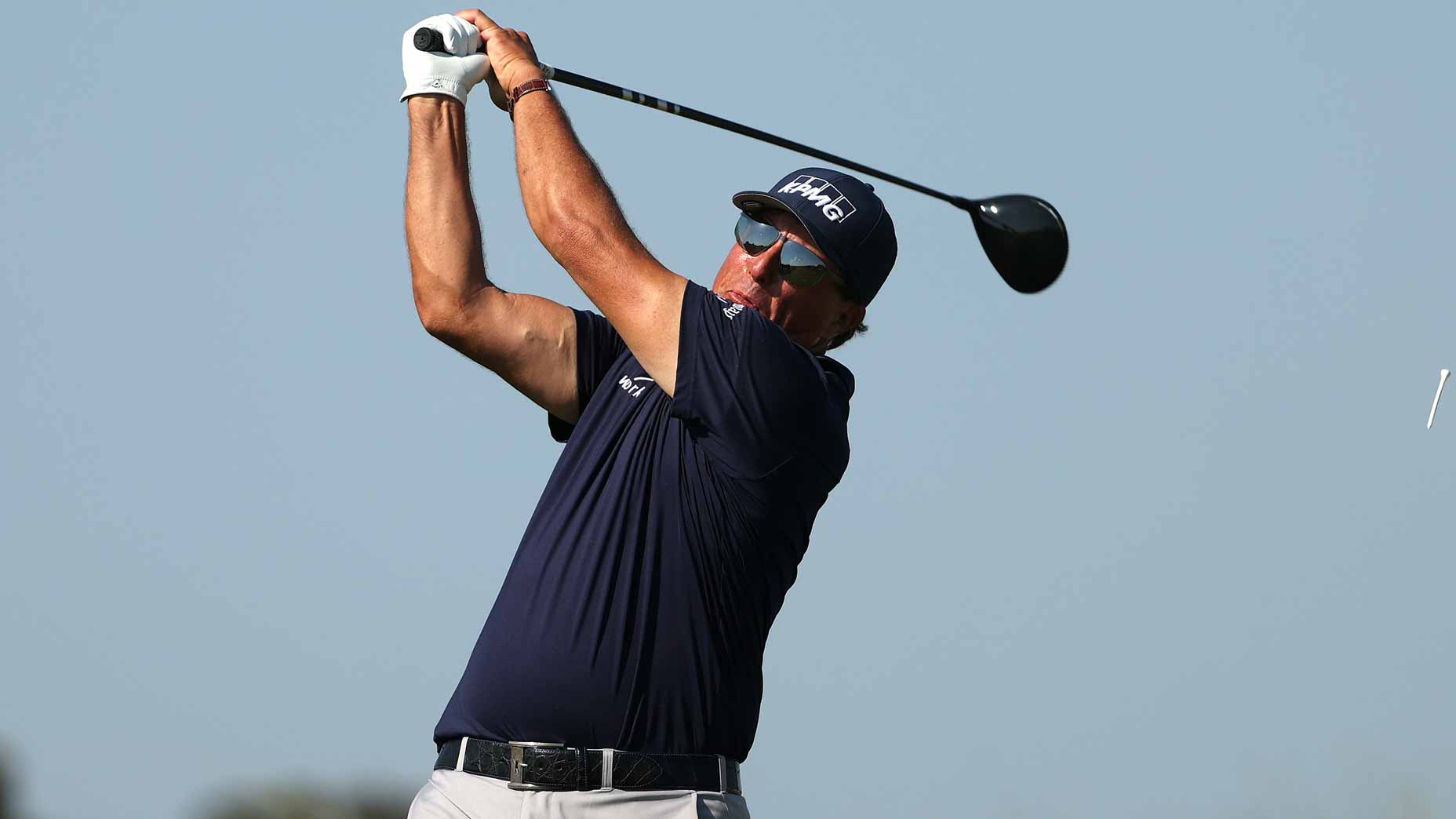Editor’s note: This article was published in partnership with GolfForever.
As you age, your body changes. Your metabolism slows down, you lose muscle mass and your range of motion declines, all of which can negatively impact your golf swing, especially when it comes to your swing speed.
Slower swing speed also means hitting it shorter which tends to lead to higher scores, but you don’t have to get stuck in this frustrating cycle. Phil Mickelson is living proof that you can gain swing speed and continue to bomb it at 50 and beyond.
While there are an infinite number of variables that can help your health and fitness level, when it comes to gaining swing speed you have to commit to getting fit at 50.
GolfForever
1. Figure out what’s slowing your swing down
We all have limits when it comes to the golf swing, even the pros. Just look at Jon Rahm and his incredibly short backswing if you need proof.
But what the pros do that we average Joes don’t is work to overcome their physical limitations to compete at the highest level. The first step in that process is figuring out what your physical limitations are. It could be that you have limited hip mobility from working a 9-5 for 25 years straight or perhaps you’re coming back from an injury that impacts your shoulder turn.
Either way, a physical assessment to pinpoint your weaknesses is always a good idea at the start of any fitness routine. The good news is, you don’t have to go very far or even leave your home to perform GolfForever’s physical assessment, and once completed you get a completely customized digital program to get your body back in shape and your swing speed up.
2. Fix what’s ailing you
Once you’ve figured out what’s holding your swing back, it’s time to work on it!
This doesn’t mean jumping into lifting heavy weights and doing intense explosive movements though. Because our bodies reflect an entire lifetime of habits and choices we’ve made, it’s important to address the root cause of our deficiencies.
For most people that means addressing common problem areas like their hips, thoracic spine, shoulders and more through mobility and flexibility routines first. This is because you need to have appropriate range of motion and strength around your joints before you can truly start adding load. Having more range of motion will also help your body get into better positions in the golf swing.
3. Train smart
Once you’ve improved your mobility, it’s important to start training to counteract the issues that aging presents, mainly loss of muscle mass.
It’s at this stage that you should begin to adding strength training into your training program to help you build the necessary muscle to support your swing. As you build muscle, you will essentially be building a bigger engine to power your swing to new heights, or rather, faster speeds.
While strength training is an essential component to gaining speed as you age, it’s important to do so safely. That’s where an expertly-designed program like GolfForever can come in handy to help you add bulk up in a way that’s appropriate for your body.
4. Improve your technique
Once you’ve addressed the physical limitations that are holding your swing back and started adding some muscle, it’s time to look at your actual swing.
With the added mobility you’ve built up, you will likely be able to get into better positions in the golf swing which will help you generate more speed. And once you’ve you built up your strength, you need to learn how to use it to your advantage on the course.
That’s where swing technique comes in. Whether you work on it yourself or recruit a swing coach, you’re going to see results thanks to that well-balanced and personalized fitness program you’ve been doing.
